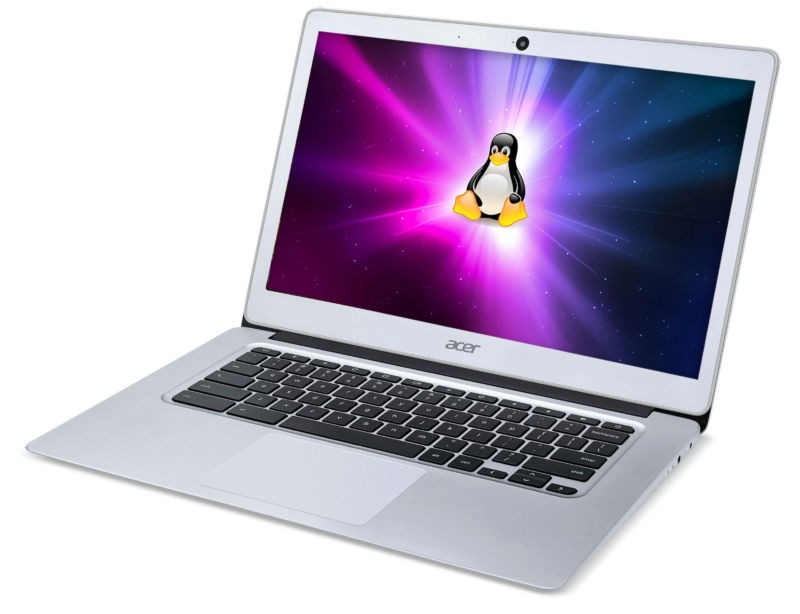ADB Plugin is a Chrome Extension that runs ADB daemon and enables remote debugging for mobile. With it, you do not need to download the Android SDK or run ADB yourself from the command line. The installation process is fairly simple. What you need to do first is install coreboot and seaBIOS on your Chromebook, which in return allows you to install any OS, not just Chrome. After you installed SeaBIOS, you will need a computer running windows/mac/linux to perform next operations.
- Install and launch the Chromebook Recovery Utility. Create the USB Installer. Manual steps in Chrome OS. Download CloudReady. Install and launch the Chromebook Recovery Utility. Create the USB Installer. Install and Setup. Plug the CloudReady USB installer into your device.
- How To Install Fyde OS? First you have to download fydeos iso file from here fyde os website and download etcher or rufus, burn it to usb. And boot from usb. If your usb doesn't boot or doesn't comes in fyde os logo then you should enter in bios menu settings and disable 'rom option for rom' and save and exit.
A Chromebook runs ChromeOS as its operating system and historically running anything other than a web app–such as Python–was challenging.
However, that is no longer the case! You can now run Linux apps on ChromeOS which opens the door to using MiniConda to install Python 3.
Step 1: Turn On Linux (Beta)
Make sure you are logged in first. These steps won't work if you're still in Guest mode!
Open your Chromebook's system settings by clicking on the Time in the lower right corner and then the Gear icon for Settings.
Q see webkit plugin chrome. Scroll down to 'Linux (Beta)' and select Turn On.
Follow the prompts and at the end a Terminal window will open. You can run Linux commands here. (Tip: pin it to the dock for easy access).
2. Download Miniconda
MiniConda is a free distribution of Python that works on Linux computers. It provides a basic implementation of Python and the ability to add additional packages manually as needed. Since disk space is at a premium, we will use this as opposed to Anaconda, its full-featured cousin, which includes many Python packages like numpy, scipy, and ipython notebook automatically.
Navigate to the MiniConda site, scroll down to the 'Linux installers' section, and click on the link for 64-bit version of Python 3.8.
Once downloaded, click on the 'Confirm download' pop-up and select 'Keep'.
It's very important to now move the installer into the 'Linux files' section of your computer. Open up your files by clicking on the Launcher button in the lower left corner, then the Up arrow, and then Files under the search bar. The file will be named something like Miniconda3-latest-Linux-x86_64.sh.
Drag it from Downloads into the Linux Files section.
3. Install Miniconda
Open the Terminal app from the Start? area.
Download Mac On Chromebook
Confirm that the Miniconda installer is in your current directory by typing ls.
Then to install it run the command sudo bash Miniconda3-latest-Linux-x86_64.sh.
There will be a prompt to review the license. Click Enter to continue:
| On the final step, you'll be asked: 'Do you accept the license terms? [yes | no]'. Type in 'yes' and press Enter. |
The next step asks where to install Miniconda. The default suggested is /root/miniconda3 however I prefer to use /opt/miniconda3 instead which is a directory commonly used for installing unbundled software packages. So type in /opt/miniconda3 instead.
| When asked, 'Do you wish the installer to initialize MiniConda3 by running conda init? [yes | no]' type in yes. |
And we're done! The instructions will note that closing and re-opening the Terminal app is required. Do so.

Set the proper permissions for the directory so that conda can add/remove software packages. Make sure to replace my username, williamsvincent, with yours which is found at the beginning of the prompt before @penguin. Also note that if you did not use the /opt/miniconda3 path for installing your miniconda, but rather deferred to the default root/miniconda3, you will have to replace opt with root in the command below.

Set the proper permissions for the directory so that conda can add/remove software packages. Make sure to replace my username, williamsvincent, with yours which is found at the beginning of the prompt before @penguin. Also note that if you did not use the /opt/miniconda3 path for installing your miniconda, but rather deferred to the default root/miniconda3, you will have to replace opt with root in the command below.
4. Using Python
To run Conda–and by extension Python–enter a base environment by typing source /opt/miniconda3/bin/activate.
The new parentheses at the start of the prompt called (base) confirm the environment is active. To confirm the installed Python version, type python --version.
And then to enter Python itself, simply type python.
Next Steps
Mac Os For Chromebook
To learn more about Python, the books Python Crash Course and Automate the Boring Stuff are great resources. For free tutorials on web development with Python check out Learn Django.
